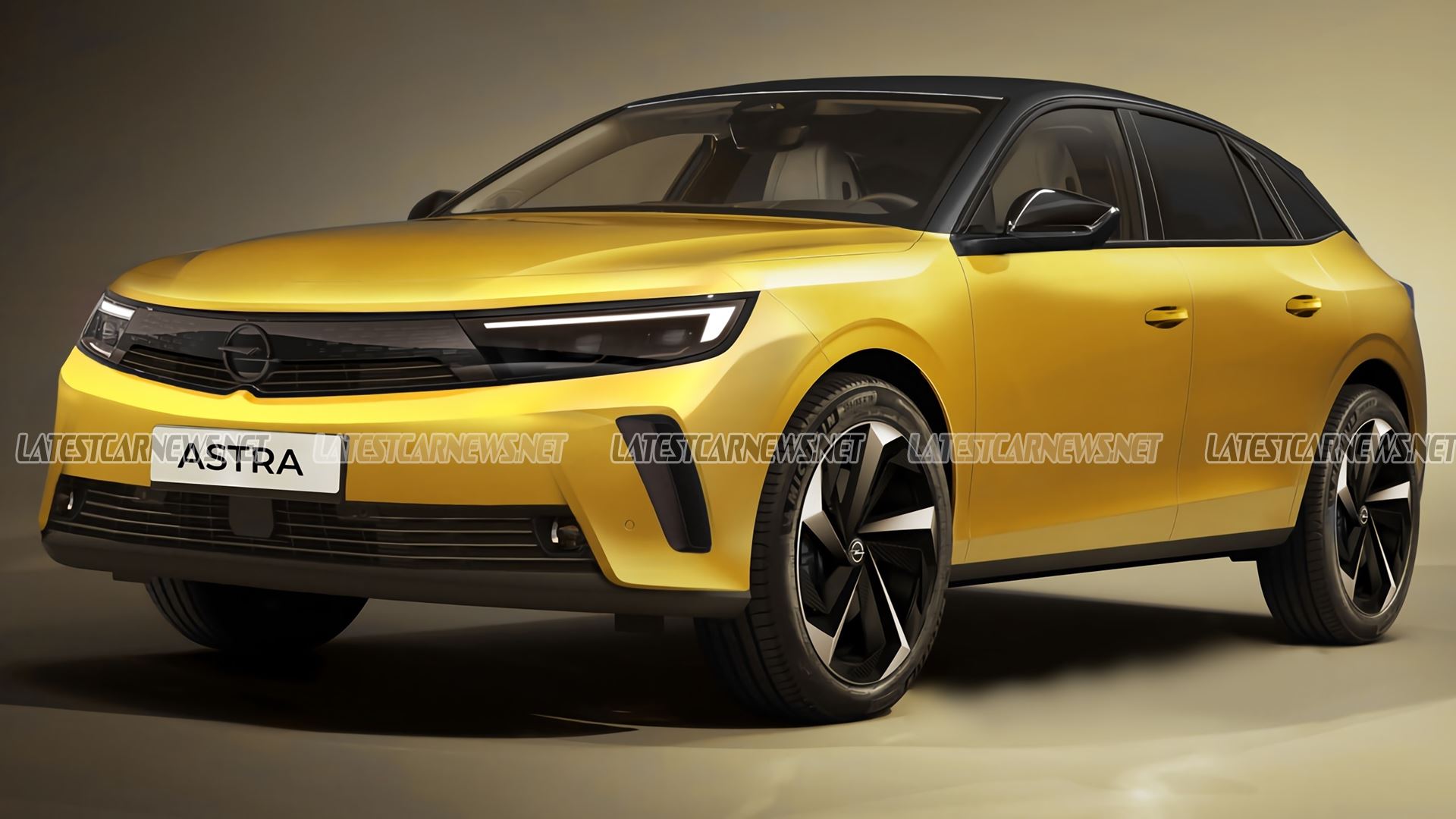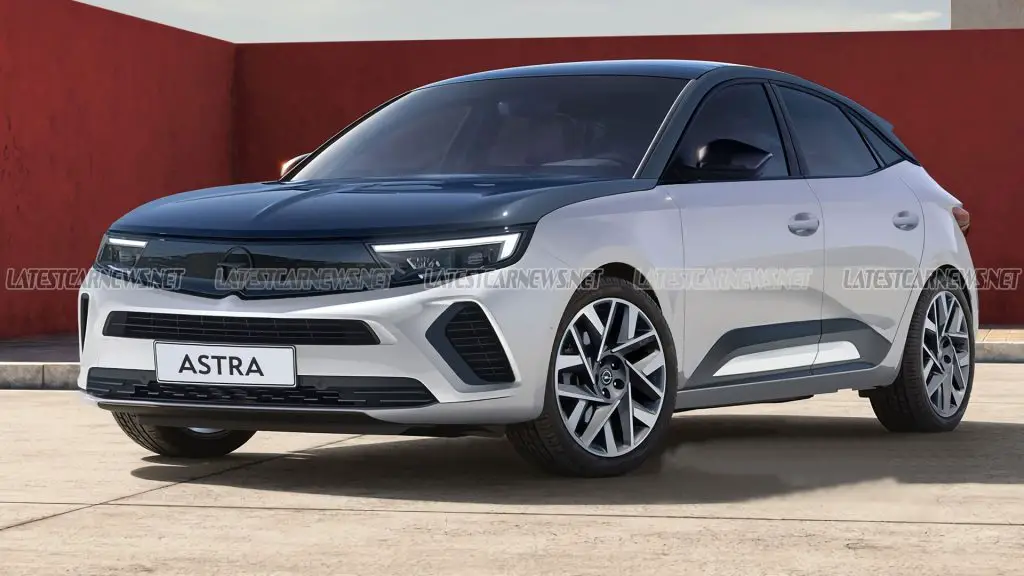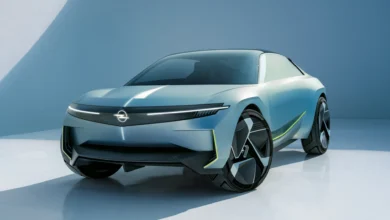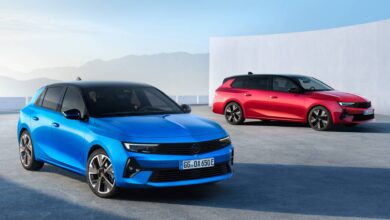
The new Astra will hit the market in early 2021. Anyone expecting a Peugeot clone will be disappointed. At least that’s what the Opel technicians promise. The prototypes of the Rüsselsheim compact car already made a good impression during the first test drives.
The Rüsselsheim-based carmaker launched the first Kadett as early as 1936, and many more followed. But why the traditional name Kadett had to become the Opel Astra in 1991 remains a mystery to us to this day. Around 30 years after this marketing scribble, Opel is preparing to roll the sixth generation of the VW Golf competitor to dealers. More than six months before the sixth generation in the compact class vies for the buyers’ favor, the prototype test phase is in the hot phase.
Opel has already published the first pictures of what the new hope will look like. They show the new Opel face called Vizor with 84 LED elements per headlight. Some are already cheering about the next Manta, it would be nice. To give an icon a worthy successor, it takes more than a name. It gets exciting in the interior, where a completely new ambiance is announced. Opel speaks of a “pure glass panel”. The first impressions are promising, especially since the steering wheel that goes with it will go well with it. “We want to cut old braids with this car,” proudly proclaims chassis expert Andreas Holl, who has already worked on several Opel model series.
In our prototype, the dashboard is largely covered. We are sitting in the weaker of the two plug-in hybrid variants, in which a four-cylinder 1.6-liter turbo gasoline engine is coupled with an 81 kW / 110 PS electric motor and the energy comes from a 12.4-kilowatt-hour battery. This module is already in use in the Grandland X and there will also be the 165 kW / 225 PS variant in the Astra. In addition, the Rüsselsheim-based company is initially giving Astra two 1.2-liter petrol engines with 81 kW / 110 PS and 96 kW / 130 PS, followed by a 1.5-liter diesel with 96 kW / 130 PS. It is shifted with a six-speed manual gearbox or an eight-speed automatic.
Now it’s time to drive. The hybrid starts moving silently. But even if the combustion engine is involved in the propulsion business, the background noise remains low. Opel uses a laminated windshield and thicker side windows. Despite the additional weight of the electric module, the chassis of the Opel makes a good and much more harmonious impression than its predecessor. The rolling comfort of the low-friction tires, which save 1 g of CO2 / km, is also okay. “We compensated for this with the higher transverse rigidity of the chassis components,” explains Andreas Holl. The wider track than before also helps.

The new Astra is based on the third generation (V3) of the PSA-EMP2 architecture, in which half of the parts are new compared to version 2. “With the Astra we were able to do completely what we wanted,” says Holl. The influence of German engineers in the PSA projects is increasing. Probably one of the reasons why Carlos Tavares brought the German automaker into the group. The new Astra benefits from this detailed work. There is no annoying teetering on the autobahn and the contrast program, i.e. bumps in the ground in quick succession, puts the chassis away. That there is still a need for optimization is shown by the tendency of the car to roll in curves and the not very communicative steering, which also responds with a bit of a delay from the central position.
New Astra 2021 Engine
Speaking of dynamics: When it comes to the interaction of the 1.2-liter engine with the six-speed manual gearbox, the technicians should lend a hand again to ensure the promised intuitive drivability. Because this drive variant does not make a fully developed impression, as it feels like you are on the move with the foam braked. There is still time. It is precisely this element that is still being tinkered with, especially since the Astra 2022 is around 80 percent complete and will be at dealerships in January 2022: We are sitting in a prototype in phase two of four.
What won’t change anymore are the proportions. Although the length of the new Astra has remained almost identical at 4.374 meters (plus four millimeters), the track width has increased by 51 millimeters to 1.86 meters and the height is reduced by 15 millimeters to 1.47 meters. In addition, the front overhang is 54 millimeters shorter (minus 54 millimeters) and a wheelbase that is 13 millimeters longer, which grows to 2.675 meters. Sounds promising because it is sporty. Especially since the driver sits a good centimeter closer to the asphalt. Opel is particularly proud of the fact that the unchanged 422-liter trunk has a level loading area thanks to a variable loading floor.





